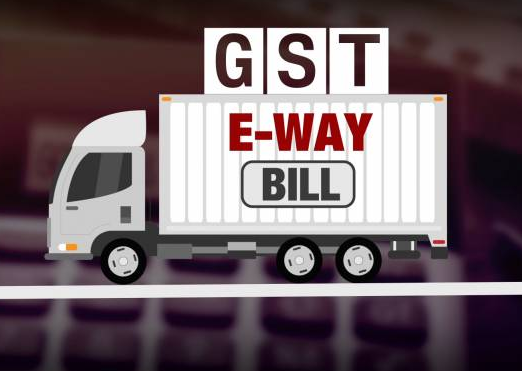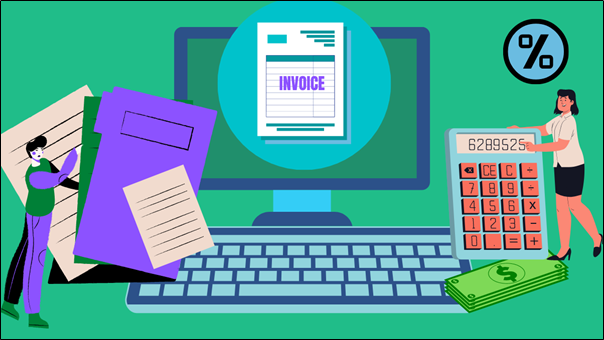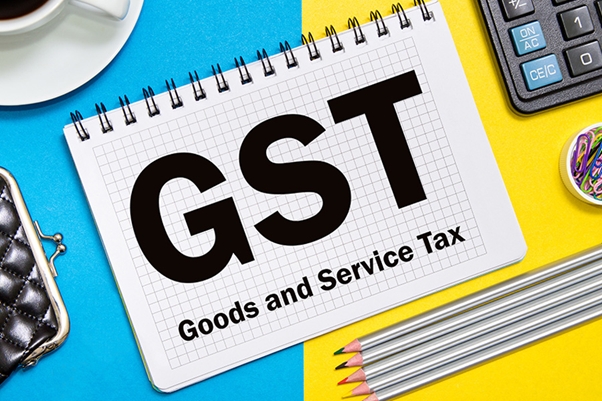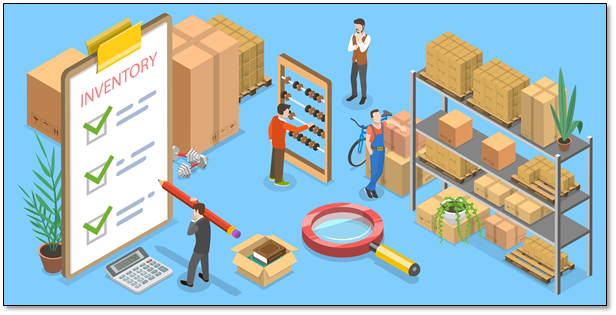A Beginner's Guide to Generating an E-way Bill
In India, if you own a company or
manage logistics, you're undoubtedly already familiar with the idea of an e-way
bill. An e-way bill, which was first introduced in 2018, is a document created
electronically for the movement of commodities. Both based on inter and
inter-state transportation, as well as the movement of goods worth at more than
Rs. 50,000, are subject to this requirement.
When you're creating an e-way bill for the first time, it can be a little intense. But it's an important step in making sure your company complies with the law and that your items arrive at their destination without any problems. We'll explain the basic techniques and guide you through the process of creating an e-way bill in this beginner's guide.
- Understanding the basics of an e-way bill
An e-way bill is a document that's generated for the movement of goods. It is a specific document with a specific consignment of goods and a set expiry date. It includes information about the consignor, consignee, the products being transported, their value, and the vehicle being used for transportation, as well as their names and addresses.
2. Who needs to generate an e-way bill?
E-way invoices, as we previously indicated, are required for the internal transportation of goods worth more than Rs. 50,000. You must provide an e-way bill for each consignment of products you move, whether you're a business owner, a logistics manager, or a transport. An e-way bill is still required even if you are only moving items within the same state.
3. How to generate an e-way bill?
Now that you understand the
basics of an e-way bill and who needs to generate it, let's take a look at the
process of generating
an e-way bill. Here are the steps you need to follow:
Step 1: Register on
the GST portal
To generate an e-way bill, you
must first register on the GST portal. By going to the official GST portal and
selecting the "New User Login" button, you can accomplish this.
Following registration, you'll be given a username and password to access the
portal with.
Step 2: Go to the
e-way bill section
You'll need to find the e-way
bill area after logging into the GST system. By selecting the "e-way
bill" tab from the top menu, you can do this.
Step 3: Enter the
required details
Once you're in the e-way bill
section, you'll need to enter the required details to generate the e-way bill.
These details include the following:
- The transaction type (outward or inward)
- The document type (invoice, bill of supply, delivery challan, etc.)
- The document number and date
- The GSTIN of the consignor and the consignee
- The place of supply
- The HSN code of the goods being transported
- The quantity and value of the goods
- The transporter's ID and vehicle number
Step 4: Generate the
e-way bill
You can generate the e-way bill by selecting the "Generate e-way bill" button after entering all the necessary information. The e-way bill will be created with a special e-way bill number that you must use going ahead.
4. Tips for generating an e-way bill
So that you are aware of how to create an e-way bill, keep in mind the tips to ensure sure the process goes without a hitch:
- Ensure all the information you enter is true and full. Any mistakes could result in delays or fines.
- keep all
Original Source: A
Beginner's Guide to Generating an E-way Bill




Comments
Post a Comment